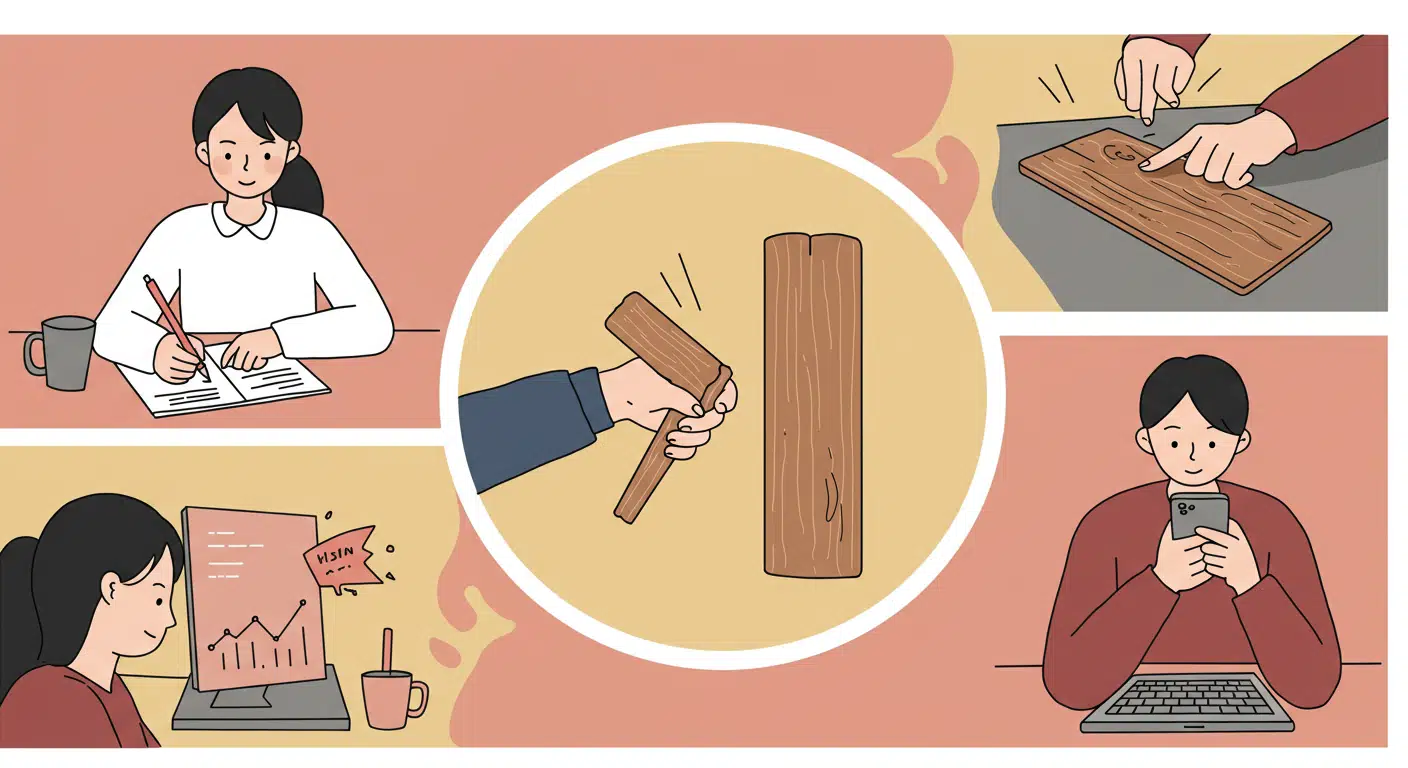According to traditional folk belief across various Asian and European cultures, a cat washing its face and ears serves as a predictor of imminent visitors to the household. The superstition suggests that this behavior—particularly when performed with heightened focus or repeated intensity—signals that someone will soon arrive. More detailed versions of the belief propose that the direction in which the cat faces while grooming may indicate the direction from which the guest will come, and the speed or vigor of the washing may correlate with how soon or how many people will visit. In some versions, the color of the cat further refines the prediction: black cats may forecast visits from strangers, while cats of familiar color or breed suggest known guests.

A baby’s future career or fate is predicted by the first object they select during a ceremonial setup.
In several Asian and Eastern European cultures, a traditional ceremony is held for babies usually around their first birthday. Known


